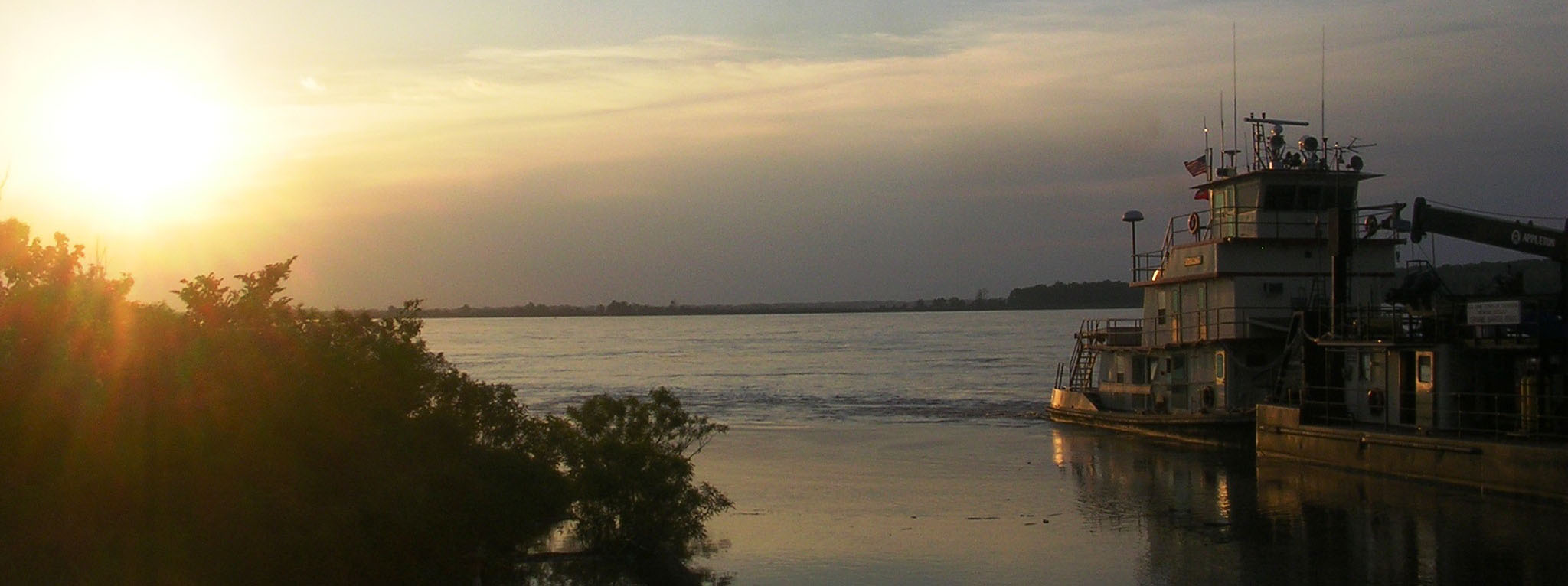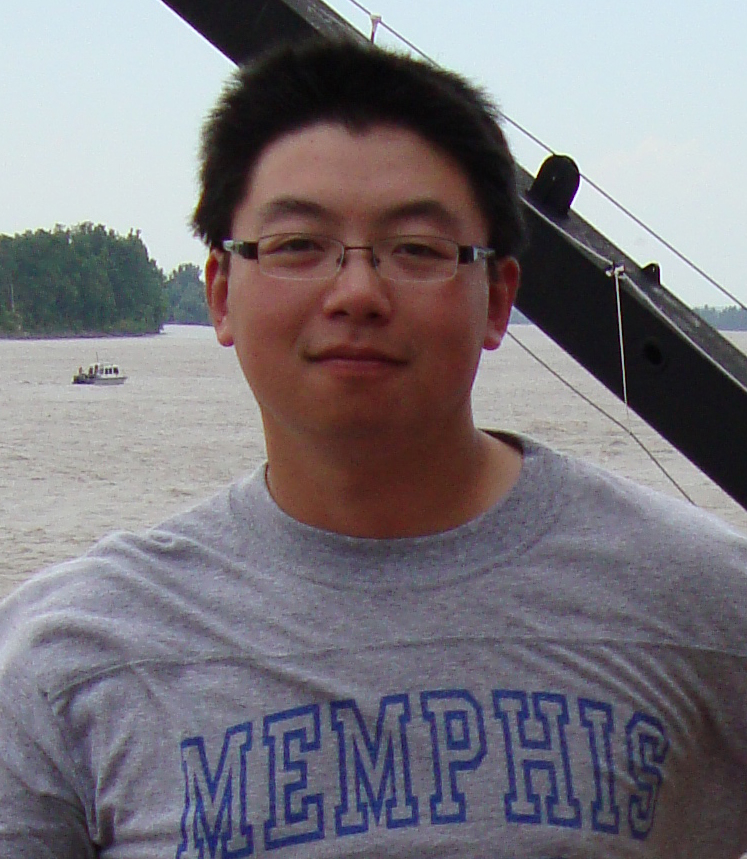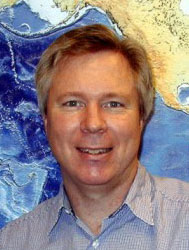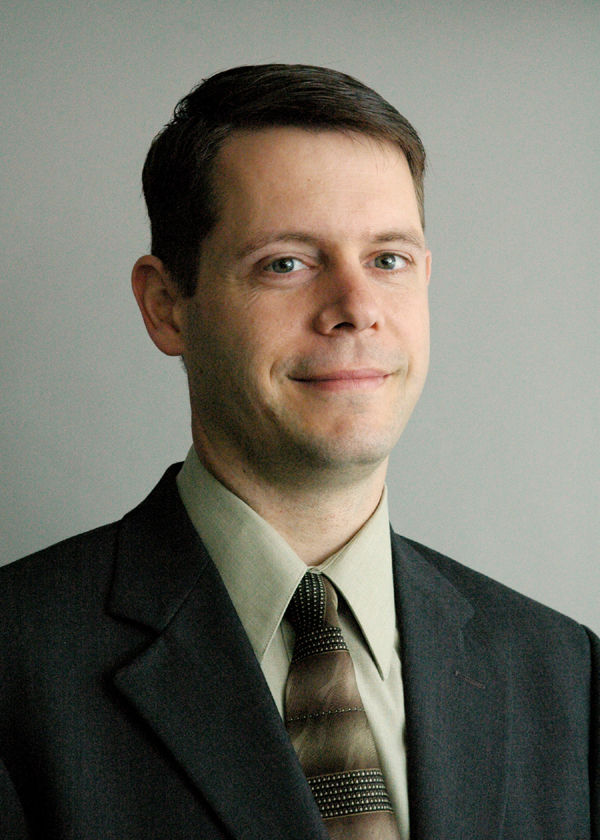 |
| Long Term Deformation in the Mississippi
Embayment: Phase II Collaborative research University of Memphis (CERI), University of Texas at Austin (UTIG) |
|
Start Date: May 15,
2010
Funding: NSF (Tectonics), USACE
End Date: May 14, 2013
|
Project Summary: The
debate regarding the significance of seismicity in the Mississippi
embayment has recently seen increased interest due to the release of
new GPS
data showing geodetic vectors of < 0.2 mm/yr, which clearly suggest
that the
area is deforming slowly (if at all) and that resulting repeat times
for large
earthquakes should be on the order of 10,000-100,000 years. This
observation
clashes with the puzzling high levels of seismicity and with the
established
paleoseismological record which shows repeat times of ~500 yr at least
for the
Holocene. The hypotheses proposed to reconcile the controversial
observations
propose that the seismicity in the NMSZ is either 1) episodic, 2) very
young
(at least in its present incarnation), or 3) migrates throughout a
broad
region.
To test these hypotheses and capitalizing on the success of
the Phase
I pilot project, we will acquire 580 km of high-resolution,
marine
seismic reflection and chirp data along the Mississippi river across
the New
Madrid Seismic Zone (NMSZ), and in the southern Mississippi embayment,
across a
series of inferred faults suspected to be responsible for earthquake
induced
liquefaction features predating the seismic activity of the NMSZ. We
will take
advantage of the presence of the Mississippi river, which runs through
the NMSZ
and across many of the suspected faults, to acquire marine seismic data
during
two acquisition campaigns, exploiting the advantages of the marine
seismic
method (low cost, time effective) to cross a large section of the
continent.
Thanks to the experience gained during the Phase I pilot project, we
are now
confident that the seismic data will clearly image the Paleozoic to
Quaternary
sedimentary section with unprecedented high-resolution and will provide
critical information to decipher the timing and location of deformation
in this
area, therefore discriminating among the proposed hypotheses.
The U.S. Army Corps of Engineers – Memphis District, will
continue to
support the project by hosting our team on one of their vessels during
both
seismic acquisition campaigns, therefore alleviating a substantial part
of the
costs of fieldwork.Intellectual Merit: Although the theory of plate tectonics revolutionized our understanding of earthquake processes, it does not explain why earthquakes occur in regions distant from plate boundaries where deformation rates are low and where plate motions supply insufficient driving energy. The proposed research will primarily provide observational constraints on theoretical models proposed to explain the timing and magnitude of continental intraplate seismicity in the Central U.S. Models that involve localization of central U.S. strain within the NMSZ do not predict additional fault zones in the region with comparable levels of strain accommodation, whereas models that involve a broad zone of intraplate deformation predict the presence of central U.S. active fault systems in addition to the NMSZ. This area provides a prime opportunity to investigate seismicity in stable continental regions and to develop tectonic models applicable to similar areas around the globe. Broader Impacts: The high-resolution seismic data collected as part of this study will be suitable to diverse applications. The most important application will be in earthquake hazard assessment and earthquake loss and risk reduction in the mid-continent. The data will be also valuable for understanding the impact of a seismic event on the Mississippi River navigation by evaluating the riverbed and slope stability. In addition, the data will be critical for ground water sustainability and water quality studies in large metropolitan areas (e.g., Memphis). Finally, this research will form the core of one or more Master’s degree projects for University of Memphis graduate students.
 Steffen Saustrup UTIG  
Guo
Lei
Xenia Fave
CERI - UofM CERI - UofM |
| CERI Home |


